#iñigo aranbarri
Explore tagged Tumblr posts
Text





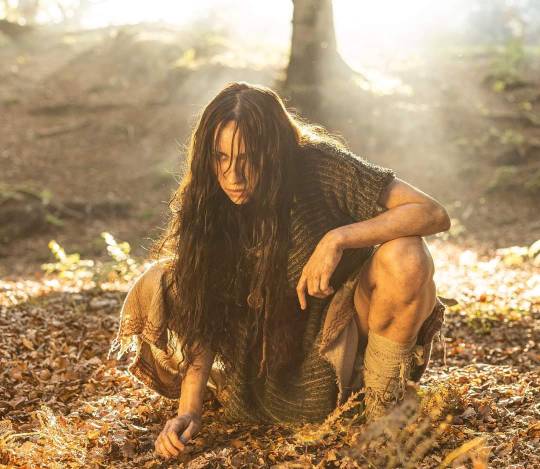


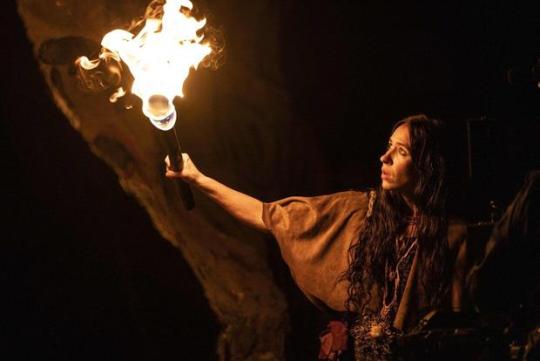
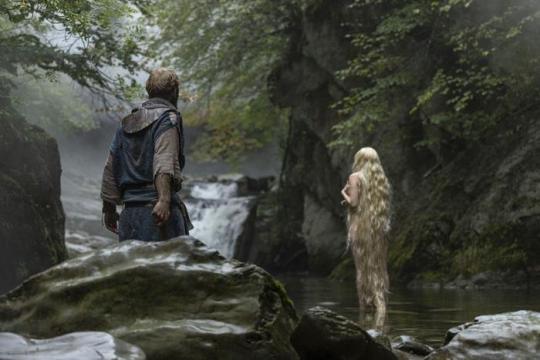
Irati (2022) dir. Paul Urkijo Alijo
#irati 2022#IratiFilm#irati#films#eneko sagardoy#edurne azkarate#elena uriz#iñigo aranbarri#iñaki beraetxe
19 notes
·
View notes
Photo

... eta zuen gutunak zetozkidak gogora hautsez beteriko musuak opatuz kurrilo iheslariak bailiren oroimena kare bihurtzen zaidaneino. ... y recuerdo vuestras cartas que me ofrecen besos de polvo como si fueran grullas fugitivas hasta que se me vuelve cal el recuerdo. ... and I remember your letters offering kisses full of dust as if they were fugitive cranes until my memory turns to lime. Iñigo Aranbarri, Dordokak eta elurrak, 1989. #turbolangs #euskera #euskara #aprenderidiomas #euskadi #basque https://www.instagram.com/p/Bu_ODaVjZwv/?utm_source=ig_tumblr_share&igshid=ur2doi0p8se8
0 notes
Text
Brief mythological (and historical) dictionary of 'Irati'
@asongofstarkandtargaryen @queenmiriamele @luceirosdegolados @isadomna
Irati is a compendium of Basque mythology, it involves a review of many of its main figures, focusing on the "regent" of all creatures, the goddess Mari, embodied in the film by the actress Itziar Ituño. The filmmaker confesses that "many more" creatures appear in feature films than one is capable of perceiving, not in vain has he "played" to blur the lines between some mythological beings and others and to "mix". In an exercise of synthesis of the oral tradition, to which scholars such as the priest and anthropologist Joxe Miel Barandiaran dedicated a large part of their work, and with the desire to contextualize the spirit of Irati and the myths that through her gain new life, we offer you a small glossary of creatures, men and facts.
Aker: The goat is one of the beings that is not exclusive to Basque mythology, but also belongs to other traditions and religions. It is associated with the goddess Mari due to its healing abilities, but it is also associated with witchcraft. Not surprisingly, the term akelarre refers to the cult in which akerbeltz was venerated, an animal that, according to Barandiaran, was raised in homes to prevent cattle from getting sick. In fact, Barandiaran refers to him as a protective divinity. In different oral traditions of the Basque Country, he lives in a cave with a snake and is the custodian of a treasure. However, the witch hunt, which in the case of the Basque Country was promoted by Pierre de Lancre in the 17th century, caused the cult of the goat to be associated with the devil.
Basajaun: Being a giant humanoid in shape and covered in hair that lives in the depths of the forest or caves. This numen is related to traditional trades, with livestock, agriculture and blacksmithing. Thus, Basajaun is in charge of scaring the wolves to prevent them from attacking the sheep, which announce its presence with the unison ringing of their cowbells. The fact that it is considered the origin of various trades refers to the myth of Prometheus, the titan who stole fire from the gods to give it to humans, an act for which he was severely punished. According to Barandiaran, Basajaun was the first farmer from whom men, through deceit, obtained the first seed. The Gipuzkoan priest and anthropologist also highlighted that he is considered the first blacksmith and the first miller and, just like what happened with the first seed, the human being also stole the secrets for the manufacture of the saw, the axis of the mill and metal welding. Due to its characteristics it is also considered a jentil.
Eneko Aritza: Eneko Enekoitz, nicknamed Aritza (the oak or the strong), was the first king of Pamplona. The Latin sources name him as Enneco Ennecones, while the Muslims call him Wannaqo ibn Wannaqo. In this second feature film by Urkijo, he is played by Eneko Sagardoy and, along with the character played by Edurne Azkarate (Irati), he is one of the film's protagonists. The Álava filmmaker presents an Eneko before being crowned –he reigned between the year 824 and 852–. His father, also called Eneko (in the film he is played by Iñigo Aranbarri), was one of the leaders of the peninsular Vasconia who ambushed Charlemagne in Errozabal, in a contest that Otsoa Lupus II led from continental Vasconia.
Gentil or jentil: Wild giants of immense strength that lived in mountains or caves and were capable of lifting and throwing large stones. The jentil name is found in a multitude of Basque place names throughout the country's orography. The cromlechs and dolmens are, according to oral tradition, vestiges of these pagan builders who came to live in harmony after the spread of Christianity.
Lamia: Beautiful woman who combs her hair with a golden comb. Although it is anthropomorphic in shape, its feet can be those of a duck, chicken, or goat. It can be found on the banks of rivers and usually requires offerings, generally food (wheat, cornbread, cider, curd or milk). He usually rewards those who give him offerings in various ways. The philosopher Andrés Ortiz-Osés, in his work The Mother Goddess, in which he reflects on the figure of the goddess Mari and her cohort, speaks of the lamias as half nymphs and half mermaids, alluding to Greek and Latin myths. In this sense, Barandiaran neatly collected the different perspectives from which these beings have been described, either as numenas that help in farming or as beings that kidnap men on a whim. The advent of oxen-drawn plows (that is, technology) and the proliferation of Christian hermitages brought about the disappearance of lamias.
Mari: Main goddess of the Basque pantheon and one of the central figures in the film Irati. Urkijo highlights the telluric character of the deity and represents her as Mother Earth herself. As in Paleolithic religions, cavities represent the womb of life and she lives there, in the depths of a cavern, although paying attention to Barandiaran, she tends to periodically change homes by jumping from one mountain to another. She is the mother of the rest of the creatures that make up our mythology and, as Ortíz Osés explains, the goddess Mari is "omniparent", that is, she is the origin of everything and, at the same time, everything is linked. It usually appears combing her hair, cooking or spinning. The four elements converge in it and can be the source of storms and droughts. She is often consulted as an oracle and also rewards those who believe in her. It can be conjured by throwing or stacking pebbles.
Orreaga or Errozabal: In recent years, especially as a result of the investigations carried out by Xabier Irujo, the battle of Orreaga (the researcher claims the place name Errozabal) which took place in the year 778 has acquired new interest. The director of the Center for Basque Studies at the University of Nevada, Reno (USA), after almost a decade of studies using the original sources in Latin, denied many of the legends that have come down to our days, the majority of Frankish origin and that they were written 50 years after the death of Charlemagne (in the year 814) and also the events of the Chanson de Roland.
Before becoming emperor, Charlemagne, king of the Franks, undertook a campaign to develop the Hispanic March, a crusade whose objective was to consolidate a kingdom in the Pyrenees that would act as a barrier to prevent the advance of the Muslim kingdoms, after the start of their invasion in 711. With this objective he conquered the peninsular Pyrenees, that is, Navarra, including Pamplona. After failing in the attempt to conquer Zaragoza, Charlemagne, accompanied by 20,000 men, withdrew to Iruñea and, after destroying it, began the return trip through Errozabal, following a wooded path that connected Auritz with Luzaide.
Due to the narrowness of the track, the men had to march in a line, forming a line of between eleven and fourteen kilometers. It was then when the union between continental and peninsular Basques attacked the neck of the army, behind where the treasure was marching, producing what is known as the battle of Orreaga or Errozabal and which brought the defeat of Charlemagne's army, who fled from the fight and took refuge in Herstal, Belgium.
Irati seeks to be faithful to the latest research but, by ascribing to the sword and sorcery genre in the style of Legend or Willow, Urkijo did not want to miss out on the fantastic options that the Chanson de Roland allows.
Sugaar: A male snake. In some areas of the country, such as Ataun, Sugaar is a being that crosses the sky forming a fiery sickle figure. His presence announces the approach of a great storm. In other places, such as Azkoitia or Zarautz, on the other hand, the snake is the son and lover of the goddess Mari, as well as being the one who combs her hair. When both come together the heavens roar.
Tartalo: One-eyed man-eating creature. He is related to his Greek counterpart, Polyphemus, the son of Poseidon who was blinded by Odysseus in the Odyssey. Tartalo, according to Barandiaran, may be a corrupted version of Basajaun. Very present in the oral tradition of the municipalities of Goierri, Tartalo kidnaps human beings to devour them in the cave that he uses as his home and in which he lives with his sheep.
Zezengorri: In Basque mythology there are several animal-shaped numenas that share characteristic red skin. In addition to Zezengorri (red bull), we can find others such as Beigorri (red cow) or Zaldigorri (red horse). In any case, they are spirits from the subsoil whose objective is the defense of said cavities.
#irati#basque mythology#aker#basajaun#eneko aritza#gentiles#lamias#mari#orreaga#errozabal#sugaar#tartalo#zezengorri
28 notes
·
View notes
Text


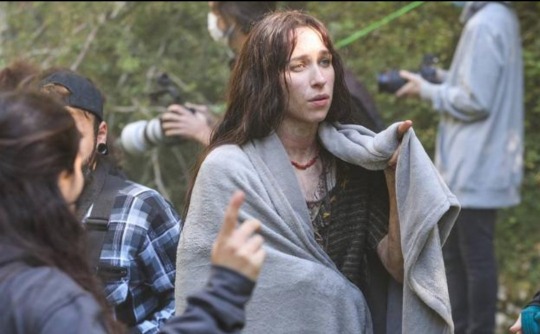
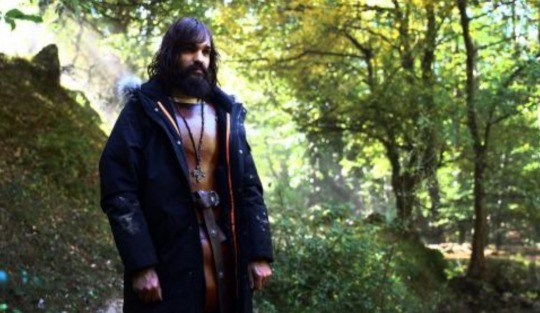





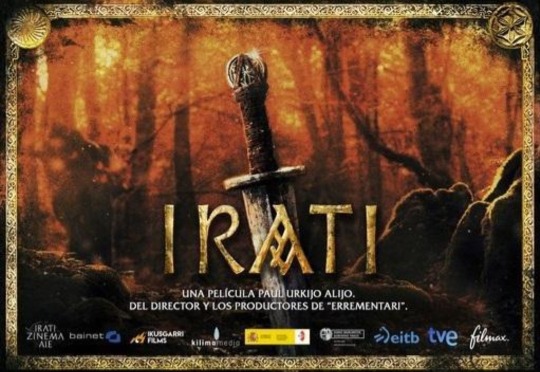
@asongofstarkandtargaryen
Irati (2022)
8th century, Christianity spreads across Europe while pagan beliefs disappear. Faced with the attack of Charlemagne's army crossing the Pyrenees, the leader of the valley asks Mari (Itziar Ituño), the goddess of weather, justice and nature, for help. Through a blood pact, he defeats the enemy by giving his life in exchange, but first, he makes his son Eneko (Eneko Sagardoy) promise to protect and lead his people in the new era. Years later, Eneko faces that promise with a mission: to recover the body of his father buried in a pagan way next to Charlemagne's treasure. Despite his Christian faith, he will need the help of Irati (Edurne Azkarate), an enigmatic pagan woman from the area. The two young people will enter a strange and inhospitable forest where "everything that has a name exists".
The main locations of the filming are Araba, Gipuzkoa, Bizkaia, Navarra and Huesca, like the castle of Loarre and the caves of Arrikrutz, Leze and Pozalagua.
Premiere: 18th November, 2022
Cast
Edurne Azkarate: Irati
Eneko Sagardoy: Eneko
Itziar Ituño: Mari
Nagore Aranburu: Oneka
Elena Ruiz: Luxa
Iosu Eguskiza: Odon
Kepa Errasti: Belasko
Iñaki Beraetxe: Ximeno
Iñigo Aranburu: Eneko X.
Ramón Agirre: Virila
Miren Tirapu: Munia
Aitor Barandiaran: Anso
Gaizka Txamizo: Berex
Gabriel García Muñoz: Warrior
Iñigo Aranbarri
Technical team
Directed by Paul Urkijo
Executive Producer: Jone Miren Goenaga Paul Urkijo
Writer Assembly: Elena Ruiz
Original music: Aranzazu Calleja and Maite Arroitajauregi
Production direction: Javier Arsuaga
Director of photography: Gorka Gómez
Art direction: Mikel Serrano
Air freshener: Izaskun Urkijo
Production Manager: Mikel Huercanos
Head of Sound: Andrea Sáenz Pereiro
Head of Makeup: Patricia López
Head of Hairdressing: Julián Fernández
Casting director: Txabe Atxa and Florencia Inés González
VFX Supervisor: David Heras (ALIVE VFX)
Sound editing: Iosu Gonzalez
Special Effects: Drama FX
Prosthetic makeup: Pedro Rodriguez
Paul Urkijo: "Irati is the fantastic medieval historical adventure film that I have wanted to tell all my life. I have always been fascinated by Basque Mythology and Irati is an epic tribute to that dark and fascinating world of legend. Freely inspired by characters from the graphic novel 'El Ciclo de Irati' by J. L. Landa and J. Muñoz as well as other Basque legends and historical events such as the battle of Roncesvalles. It's about a young nobleman named Eneko who has to prove his worth to be the leader of the valley like his grandfather was. For which he will end up entering a strange and mysterious world full of ancient mythological deities helped by a young pagan from the place named Irati. It is set in the Basque Pyrenees of the 8th century, a dark but fascinating medieval era. Where the hegemonic religions (in Christianity and Islam) fight each other, causing pagan beliefs to disappear along with arcane deities linked to nature."
14 notes
·
View notes
Text

It has been announced that Irati has achieved 20 nominations for the Goya Awards 2023! It was very successful at the Sitges and Donosti Film Festival this year, so I'm sure it will be great. @asongofstarkandtargaryen
Best Film: Iñaki Burutxaga, Joanjo Landa, Miguel Menéndez de Zubillaga, Paul Urkijo Alijo
Best Director: Paul Urkijo Alijo
Best Adapted Screenplay: Paul Urkijo Alijo
You can read the script here (It's mainly translated to Spanish. The film will not be on cinemas until next year, so this is a bit of spoiler)
Best Original Music: Aránzazu Calleja, Maite Arroitajauregi "Mursego"
Listen to it
Best original song: "Izena duen gutzia bada" - Composers: Aránzazu Calleja, Maite Arroitajauregi "Mursego", Paul Urkijo Alijo
Listen
Best Leading Actor: Eneko Sagardoy
Best Supporting Actor: Iñigo Aranbarri, Kepa Errasti, Ramón Agirre
Best Supporting Actress: Elena Uriz, Nagore Aranburu
Best new actress: Edurne Azkarate
Best Production Direction: Javier Arsuaga
Best Director of Photography: Gorka Gómez Andreu
Best montage: Elena Ruiz
Best Art Direction: Mikel Serrano
Best Costume Design: Nerea Torrijos
Best hair and makeup: Patricia López, Julián Fernández, Pedro Rodríguez "Pedrati"
Best sound: Andrea Sáenz Pereiro, Maider Blázquez, Iosu González
Best special effects: Jon Serrano, David Heras
#irati#films#paul urkijo alijo#eneko sagardoy#premios goya 2023#edurne azkarate#itziar ituño#nominations
1 note
·
View note